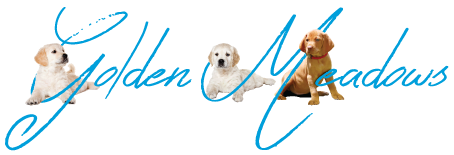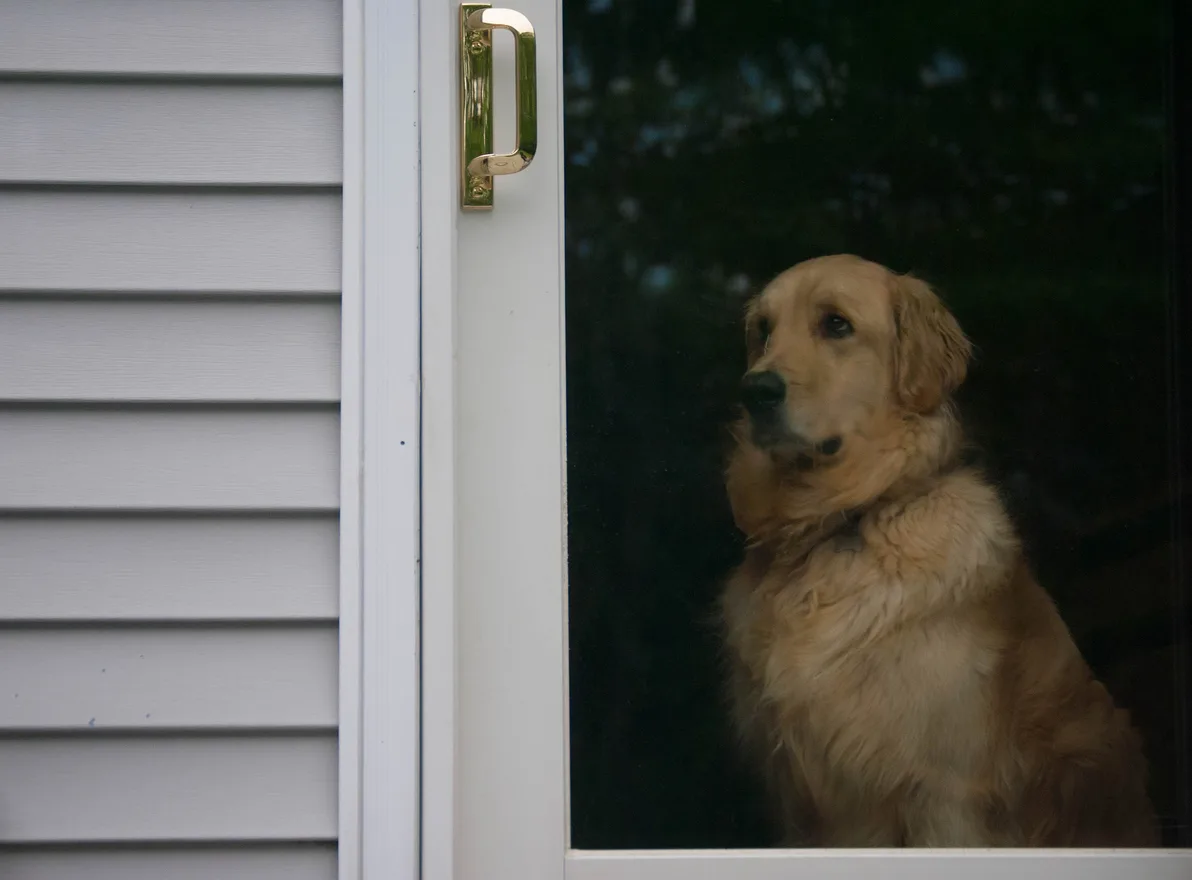As a parent, you’re likely looking forward to your kids going back to school, but that doesn’t mean your dog is looking forward to it. Our pups can struggle when their human besties suddenly begin spending hours throughout the day away from home, especially if they’ve grown used to the company during the day.
That’s no fun for you or your dog.
The truth is your pup doesn’t know your kids are “going to school;” he just knows the house is emptier, fewer people are around to cuddle or play with him, and his usual routine is interrupted. And that, unfortunately, can manifest in behaviors like chewing, excessive barking, and destructiveness or even outright canine depression and anxiety.
So, what’s the fix?
Prepare your dog for back-to-school just as you prepare your child: by providing them with the skills and/or tools they need to stay safe, happy, healthy, and sane throughout the process. From tips on keeping Fido’s brain busy to preventing canine separation anxiety, we wrap it all up right here for you.
Recognize the Signs of Stress
Animals can display emotions in ways that are incredibly subtle or extremely complex, and it isn’t always easy for their humans to recognize when they’re stressed. For some dogs, signs of stress could be as simple as occasional whining, seeming withdrawn or extra-quiet, or just sleeping more than normal. For others, behavior may be much more obvious — loud, excessive barking, chewing your favorite sneakers, frantically trying to escape to run after your child.
Though it’s tempting to snap funny dog-shaming pictures, resist the urge: there’s a better way.
If you’re not yet well-versed in canine body language, there’s no time like the present to learn. This AKC canine body language guide is a fantastic place to start, but a few sessions with a reliable trainer or behavioral specialist may be helpful, too. The biggest takeaway is to watch for anything out of the ordinary; if your dog is acting strange, chances are he’s probably stressed.
Overall, you’re looking for symptoms like muzzle licking, blinking, yawning, facial tension and tucking the tail. Whale eye (when your dog has wide open eyes) and a lack of focus or sudden refusal to follow commands can also be telltale signs of stress.
Consider Doggy Daycare
Your child is heading off to school. Why not your pup, too? Although doggy daycare isn’t quite the same as school, it will keep your pup busy while fulfilling his social needs. Even just an afternoon or two per week is enough time to let him cut loose and be his normal, silly dog self with a few other fantastic furry friends.
Puppy playdates are a reasonable alternative to this option (not to mention much more affordable). Have a friend with a dog? Switch afternoons watching the dogs now and again and let your dog socialize with other humans for a change. You’ll challenge his brain and improve his mood, warding off boredom.
Not sure if a doggy daycare is right for your pup? Generally, any well-socialized pup with manners will fit in just fine. Your pup should be potty trained and should know basic commands, but if he’s a little rough around the edges, just ask the daycare what they think. Most staff actively work with your dog while he’s there, and you may notice an improvement in his behavior as a side effect.
Go for a Few More Walks
Boredom is your dog’s biggest enemy during early fall. Without the kids at home, he’s getting less exercise and that means more pent-up energy than usual. If you don’t find ways to burn that energy off, he’ll expend it in ways you don’t want him to, so increase his exercise whenever you can to compensate.
Trips to the dog park or good, long walks (or runs, if you’re inspired) are best, but even 30 minutes outside playing fetch can improve his mood and keep him calm. Weather poor? No worries; play tug-of-war or hide-and-seek games inside. Just because you’re an adult doesn’t mean you can enjoy playtime with him, too!
Try Puzzle Treats & Games
Exercise isn’t the only thing that’s important for your pup; encouraging him to “exercise” his mental prowess is important, too. Whereas his mind would normally be challenged by playing games with your child, when he’s home alone, it’s up to you to keep him busy and occupied during the day.
Think of your dog as a toddler; left to their own devices, they’re likely to find something to explore, especially if they’re bored. Give them a cupboard of toys and they’ll (probably) stick to that instead.
PB-filled kongs, puzzle treats like these, and even bones are an excellent choice. Treat sticks may be fun, too, but be cautious of giving too many — a calorie is a calorie, and too many can build on that missing exercise to create one very overweight dog.
Not sure what bones are best for your dog? Try beef knuckle bones, deer ribs, and moose antlers. Just be sure to monitor the bone for splitting or breakage. Once it begins to degrade to that point, it’s best to take it away.
Schedule Playtime with the Kids
Of equal importance is scheduling in time for your little ones to play with your pup. When your child comes home from school, be sure he spends some time each day snuggling and playing with your pup to restore their bond. While your dog won’t ever forget a treasured child buddy, this can make 3:00pm something to look forward to, restoring his mood. Even if it’s just a quick snuggle on the couch and some training sessions before soccer practice, it will tell your dog your little one still cares.
Does your dog still seem to be struggling with the added time alone? It may be time for a visit to your vet or trainer. For whatever reason, some pups just seem to be a little more sensitive than others — it’s a personality thing. Much like humans, these more sensitive dogs may develop depression; the right medication or treatment can help. Seeing the vet will also rule out potential illnesses that may be masquerading as the back-to-school blues.

